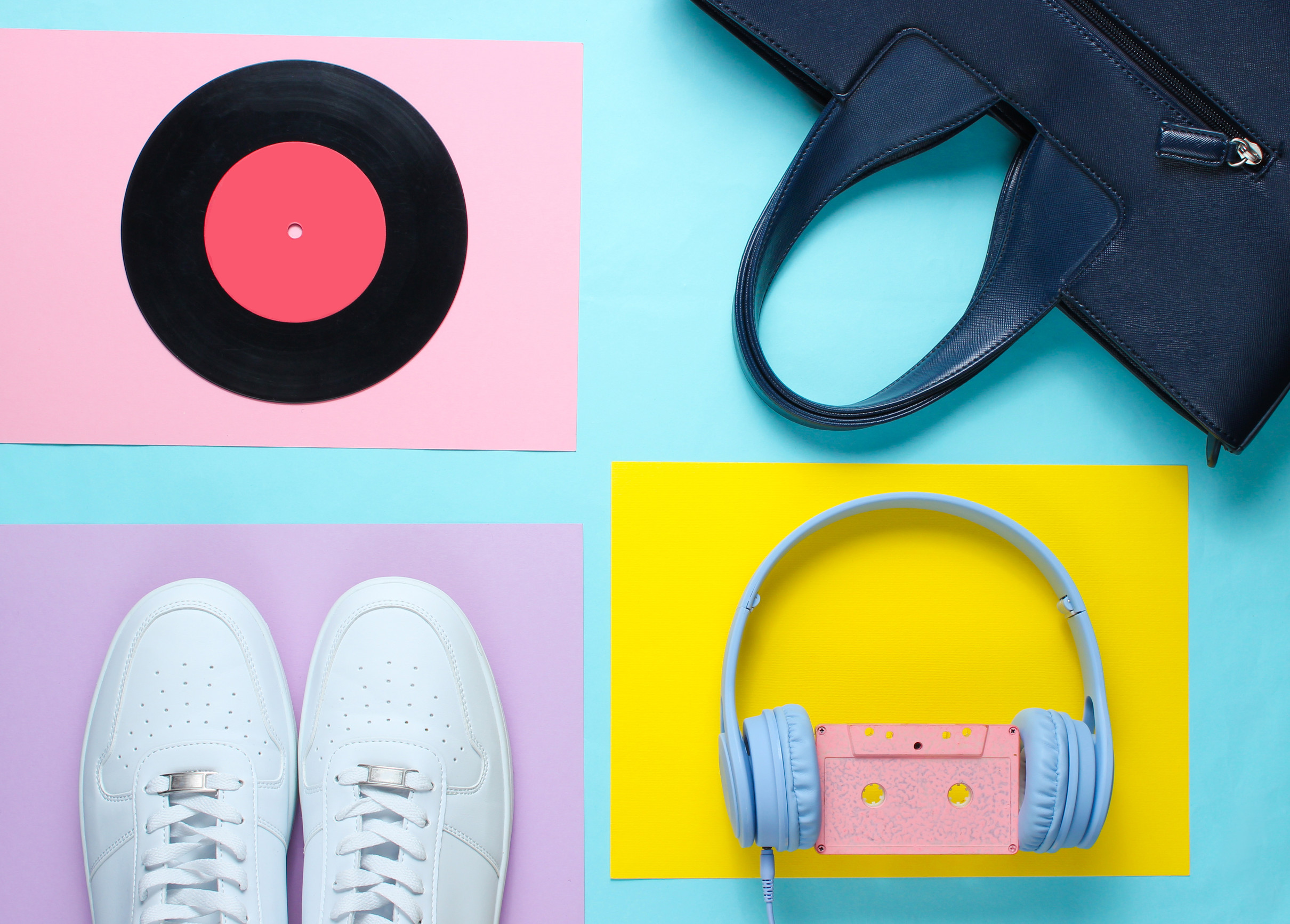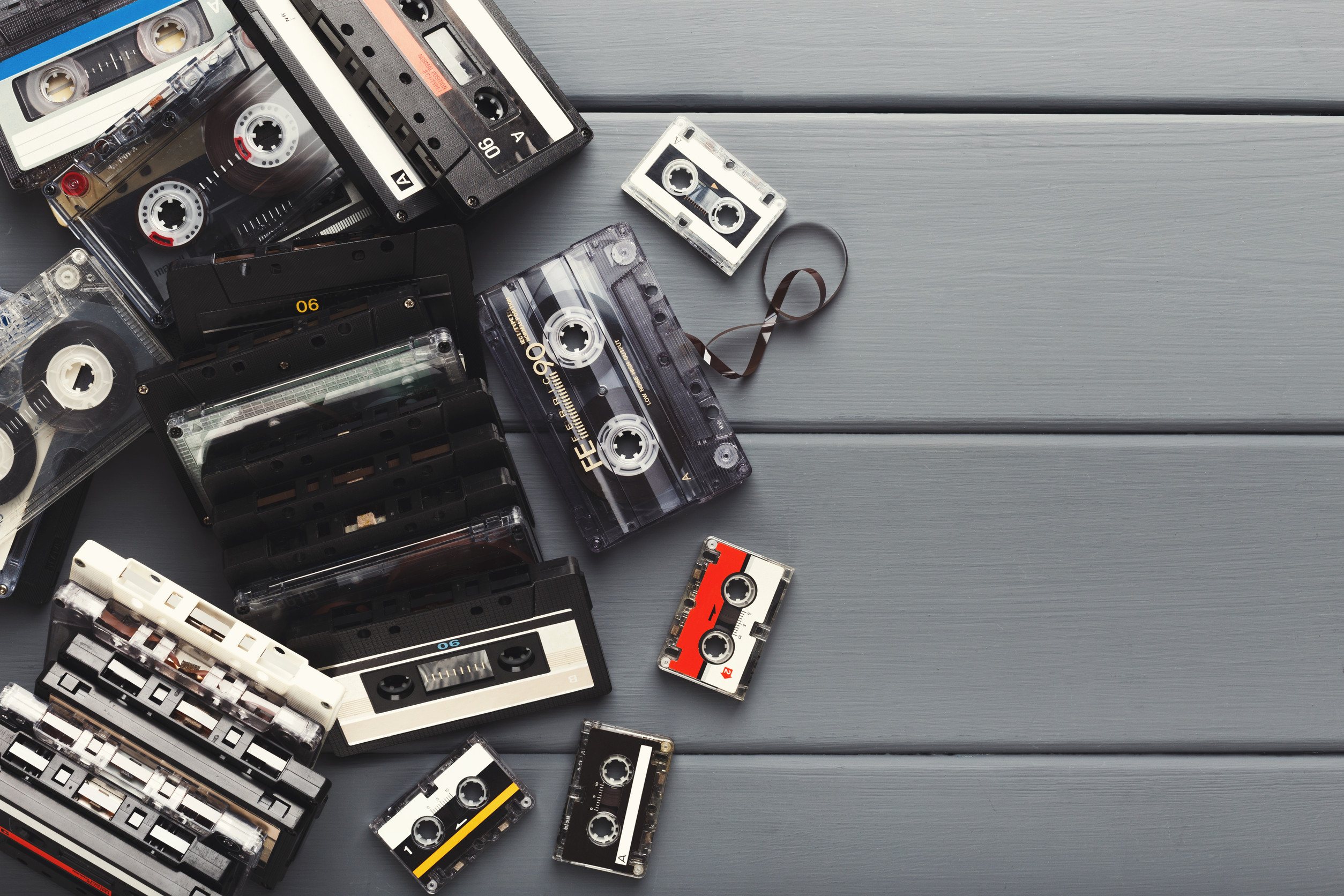Let’s take a walk back to 1983—a time before smartphones, streaming services, or self-checkout machines. Gas was cheap, movies were iconic, and Michael Jackson’s “Thriller” was taking over the airwaves. But the real mind-blower? Just how far a crisp $20 bill could take you.
Compared to today, the buying power of twenty bucks back then feels almost magical. It’s a reminder of how much inflation, lifestyle, and culture have shifted in just a few decades.
A Grocery Cart Full of Essentials
In 1983, you could walk into a supermarket with $20 and leave with a shopping cart that didn’t look depressingly empty. A gallon of milk cost about $1.35, and a loaf of bread? Just under a dollar. Ground beef hovered around $1.60 per pound, and eggs cost less than a buck.
With twenty dollars, you could stock up on fresh produce, pantry staples, and even toss in a box of your favorite cereal. For a modest household, that money could easily cover several meals—something almost unthinkable today.
A Night at the Movies—With Snacks
Headed out for a night of entertainment in 1983? That $20 would more than cover two movie tickets, snacks, and maybe even a cab ride home. The average movie ticket cost just $3.15, which meant you and a friend could catch a blockbuster for less than $7. Popcorn was around $1.50, and a soda or candy wouldn’t break the bank. You’d still have change left over, possibly enough for a second movie or a trip to the diner afterward. Going out didn’t require a payment plan back then.
Gasoline That Felt Like a Bargain
One of the most talked-about differences between now and 1983 is the cost of filling up your car. Gasoline averaged around $1.24 per gallon, meaning $20 could buy you over 16 gallons. For many drivers, that was enough to fill the tank and still have some left for the week ahead.
Road trips felt less like a luxury and more like a spontaneous possibility. Driving from one town to the next didn’t require financial planning—it just required a little time and a good mixtape.
Dining Out Without Breaking the Bank
Eating out in 1983 was not the splurge it often is today. You could enjoy a sit-down meal at a mid-range restaurant and still leave a tip with your $20. Fast food was even more affordable—burgers hovered around $1, and combo meals were typically under $3. That meant you could treat a friend or two without stressing about the check. Whether it was a casual burger joint or a local diner, dining out felt accessible and affordable.
A New Vinyl Record or Cassette Tape
Music lovers in 1983 could walk into a record store and walk out with something special, all within that $20 budget. A brand-new vinyl LP or cassette tape usually cost around $7 to $9. That meant you could pick up the latest release, maybe grab another older album, and still have a few dollars left.
Record stores were cultural hubs, and twenty bucks gave you a front-row seat to the era’s soundtrack. Whether it was Prince, Madonna, or The Police, your money could buy more than just music—it bought a vibe.
Clothing That Didn’t Feel Like a Luxury Item
Back in 1983, clothing prices were far more forgiving. You could walk into a department store and find a decent pair of jeans for under $15. T-shirts and blouses often ran under $5, making it easy to update your wardrobe without financial stress.
Twenty dollars could reasonably get you a full outfit—or at least a solid refresh for your closet. Style didn’t come with sticker shock, and shopping wasn’t an anxiety-inducing experience.
Toys and Entertainment for the Kids
If you were a kid—or had kids—in 1983, twenty bucks could go a surprisingly long way in the toy aisle. Iconic toys like G.I. Joe figures, Barbie dolls, and Hot Wheels were often under $5 each. Board games like “Chutes and Ladders” or “Connect Four” were also affordable and made for hours of family fun.
With twenty dollars, you could walk out of the toy store with a solid haul and a smiling child in tow. It was the kind of spending that felt generous, not extravagant.
Magazines, Books, and Simple Joys
Print media was thriving in 1983, and twenty dollars meant you could walk out of a bookstore with more than just one title. Paperback novels often cost between $3 and $5, and monthly magazines were under $2. For readers and curious minds, that meant access to stories, knowledge, and pop culture without putting a dent in your wallet.
Buying a stack of books or your favorite issues wasn’t a guilty pleasure—it was a regular indulgence. The simple act of reading felt more accessible and less like a budget consideration.
Home Goods and Small Appliances
Even around the house, your $20 had impressive reach. You could buy new dishware, kitchen tools, or even small appliances like a toaster or hand mixer. Many household items fell comfortably under the $20 mark, meaning you didn’t need a credit card just to upgrade your space.
It wasn’t unusual to walk into a store with a modest bill and walk out feeling like you made meaningful purchases. Home improvement on a budget wasn’t a pipe dream—it was reality.
A Reminder of What We’ve Gained—and Lost
It’s easy to feel nostalgic when looking back at what twenty dollars could buy in 1983. But it’s not just about the prices—it’s about how much simpler life seemed. A trip to the store didn’t require a calculator or anxiety over rising costs. Your dollar felt respected, and so did your time. While we’ve gained a lot in terms of technology and convenience, there’s something to be said for a time when less truly felt like more.
What do you remember about the prices back in the day—or what stories have you heard? Hop into the comments below and tell us how times have changed.
Read More
7 Modern Trends That Might Not Age Well
What Was The Cost of Living in 1980?


